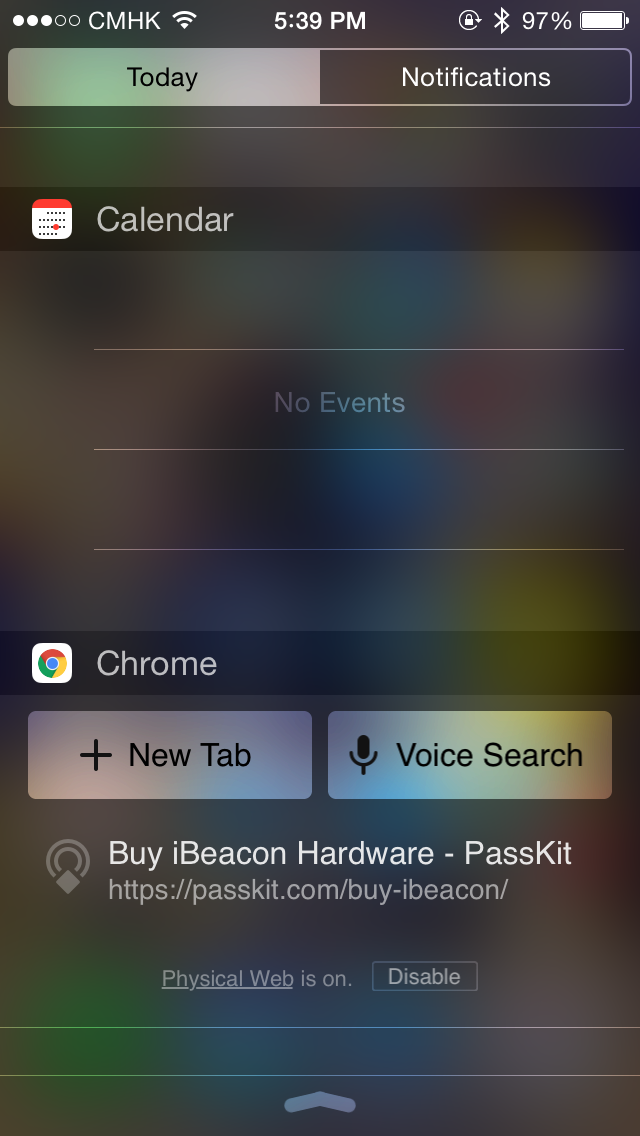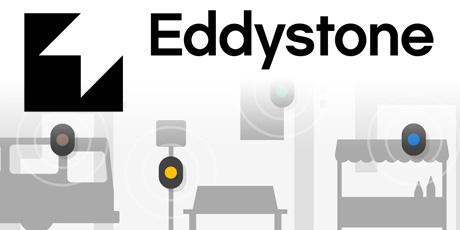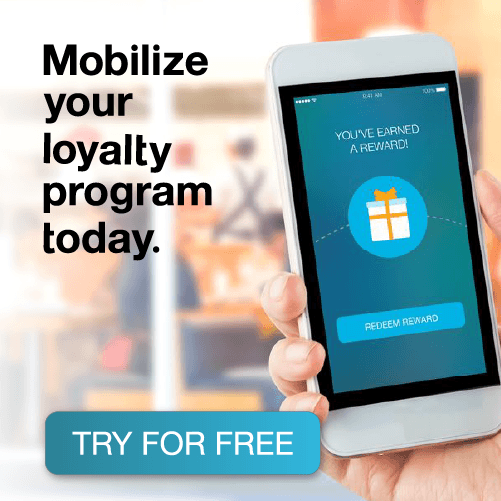It’s the great debate in the beacosphere, should you use battery powered beacons or fixed power beacons? With the recent release of Eddystone, this debate just became much more interesting.
Whether or not you’ve made the official jump and purchased beacons, you understand the importance of battery powered vs fixed powered. Which is why you understand that while battery powered beacons offer the freedom to to be placed anywhere, they limit the performance the beacon can handle. On the other hand, fixed powered beacons may not have the freedom of battery powered BLE beacons, but they can handle much higher performance standards. And with Eddystone’s three separate frame types, performance matters more now than ever before.

How does Eddystone affect battery powered beacons?
Explained in their simplest form, BLE beacons do not actually transmit data. Instead they transmit signals. These signals then trigger an app inside the phone to perform a certain task. Sending these signals is the sole purpose of the BLE beacon, which is what drains battery life. The beacon’s battery life is influenced by the rate at which the beacon transmits its message, and the power level of the transmissions. This is where Eddystone starts to greatly affect the life of battery powered beacons, and their use in today’s world.
Since Eddystone transmits three separate frame types, it takes longer for each frame type to be broadcasted again. IBeacon has a recommended transmission interval of 100ms, which will take a battery powered beacon that claims to last “2 years” down to 7 months. This recommendation is for broadcasting a single frame type over and over again. Eddystone has a recommened transmission level of 1000ms. Which is significantly less than iBeacon. While using this recommened amount may save battery life, that’s really the only good it will do.
If Eddystone is producing three separate frame types, one after the other, at 1000 ms. Then each frame type is hardly being broadcasted when compared to the broadcast rate of a single frame type on iBeacon. So if you are using Eddystone and want your beacon to be effective in an area where people are moving, you will want to broadcast at a much higher rate than 1000ms.
So when using Eddystone, you either need to increase the amount of transmissions per interval, or just settle with each frame type being transmitted less. Depending on what you’re using BLE beacons for, you may need to increase the amount of transmissions. There is one other way to save battery life while using Eddystone. And that is if you only need to broadcase a single frame type. For example, a movie poster can transmit an Eddystone-URL signal at 1000ms and still be very effective. For example, a person who is interested in using a url at a movie poster will be there longer than a second, so transmission time isn’t an issue. Also, a battery powered beacon only broadcasting one frame type at a low interval will still last a considerable amount of time.
On the opposite side of the beacon sector. A major problem arises when someone wants to transmit iBeacon along with Eddystone. Transmitting iBeacon and all three Eddystone packets as well as a scan/response packet represents a huge battery drain. This is something that a fixed powered beacon would solve. And that’s before you include an Android AltBeacon transmission.

Why do battery powered beacons even need to broadcast Eddystone?
Eddystone is what most people believe is the future of beacons. With its ability to broadcast three different frame types, the most important being Eddystone-URL, Eddystone has definitely separated itself from iBeacon and AltBeacon. Eddystone-URL eliminates the need for an app, and this is what will attract a lot of new people to the power of beacons. Before Eddystone, when a business owner found out about the advantages of using BLE beacons to engage customers, they would then have to figure out how they were going to build an app to be triggered by them.
Eddystone allows any business owner to take advantage of the power of BLE beacons by simply broadcasting a URL to anybody with a Google App installed on their phone. So in the near future, all beacons will need to be configured to broadcast Eddystone.

Why battery powered beacons and the Physical Web don’t always make sense
The Physical Web was built with the goal of providing interaction on demand. Typical Physical Web examples include parking meters, vending machines, bus stops, and rental cars. Having these devices paired with beacons that can connect with users phones is what will the Physical Web is all about. When most beacon companies refer to the Physical Web in a picture or a video, they show the object with a battery powered beacon. This is about to change.
Parking meters and vending machines are both connected to power sources, why not have a usb port built into these devices that allows for them to transmit a BLE Beacon signal from a fixed powered beacon. A bus stop could easily be configured to handle fixed powered beacons considering some bus stops are already being equipped with charging stations and Wi-Fi. While it may seem easier in the short term to simply use a battery powered beacon that you can place whereever you please, this is not always the best solution long term.
If an entire city had both bus stops and parking meters set up with the Physical Web, managing these beacons would be very costly and time consuming. Instead, with a few simple changes, these objects could all feature fixed powered beacons. Making the cost and maintenance cheaper. Not all Physical Web objects should feature fixed powered beacons. An event poster serves as a good example of something that should have a battery powered beacon. But in many cases, fixed powered beacons make much more sense.
Key takeaways on how Eddystone and the Physical Web will affect battery powered beacons
Firstly, since Eddystone is still being developed and integrated, it is a little early to tell how big of an impact it will have on battery powered beacons. It could kill them. Or it could lead to further innovation that produces battery powered beacons with higher performance standards that don’t drain the battery. Only time will tell.
But what we know as of now is that you must be careful with battery powered beacons and Eddystone. If you’re just trying to only transmit an Eddystone-URL signal, you’ll be fine. But if you’re trying to simultaneously broadcast all three frame types as well as iBeacon – and Alt Beacon – battery powered beacons are definitely something to stay away from. After all, you want your campaign to work with multiple devices (Android and Apple).
As for the Physical Web and battery powered beacons, I believe we will start to see a higher amount of integration with fixed powered beacons. This saves money as well as time on maintenance. Fixed powered beacons such as GemTots would make more sense when integrating with the Physical Web. Overall, I think Eddystone has definitely brought more exposure to beacons and the Physical Web. This will lead to more innovation not only with battery powered beacons but with proximity marketing as a whole. And I will definitely be keeping a close watch.



